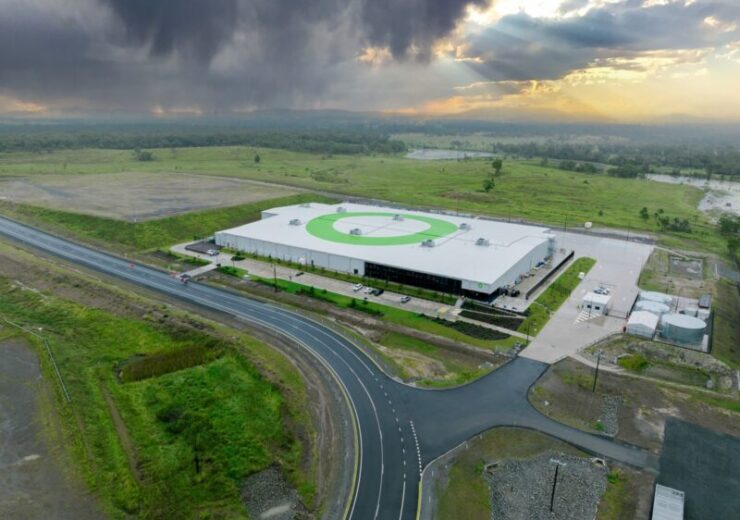Located in Gladstone, the 15,000m2 advanced manufacturing facility will have the capacity to manufacture more than 2GW of proton exchange membrane electrolyser stacks per year

Fortescue officially inaugurates electrolyser manufacturing facility in Queensland, Australia. (Credit: Fortescue)
Metal mining and green energy company Fortescue has officially inaugurated the company’s electrolyser manufacturing facility in Queensland, Australia.
Located in Gladstone, the 15,000m2 advanced manufacturing facility will have the capacity to manufacture more than 2GW of proton exchange membrane (PEM) electrolyser stacks per year.
The Gladstone electrolyser facility was built and fully commissioned in a little over two years. It is said to be one of the first facilities across the world to incorporate an automated assembly line.
According to Fortescue, over 100 jobs were generated during the construction process of the new plant.
Fortescue Energy CEO Mark Hutchinson said: “The process of splitting hydrogen and oxygen isn’t new – but the innovative ways the world is looking to use green hydrogen to decarbonise are, and that means demand for green hydrogen and for the electrolysers to produce it is growing rapidly.”
“This facility positions Fortescue and Gladstone as a large-scale producer of what will be an increasingly sought-after commodity in the global shift to green energy.
“We’re strategically focused on building out our Energy business. Not only are we developing a pipeline of green energy projects, we’re also now designing and manufacturing the specialised equipment and technology that will underpin our green hydrogen projects and that of others.”
The electrolyser manufacturing plant is the initial phase of the broader Green Energy Manufacturing Centre, an initiative developed by Fortescue on the 100ha Gladstone site.
Green Energy Manufacturing Centre’s subsequent stages will encompass a hydrogen system testing facility and Fortescue’s PEM50 green hydrogen project.
It entails a capital expenditure of $150m and is projected to have a production volume of approximately 8,000 tonnes of green hydrogen per annum from 2025.
Fortescue stated that the development of the site was made possible with support from the government of Queensland.
The support included the provision of an electrical sub-station, local scheme water connection, allocation of land, road network, and communications infrastructure.
